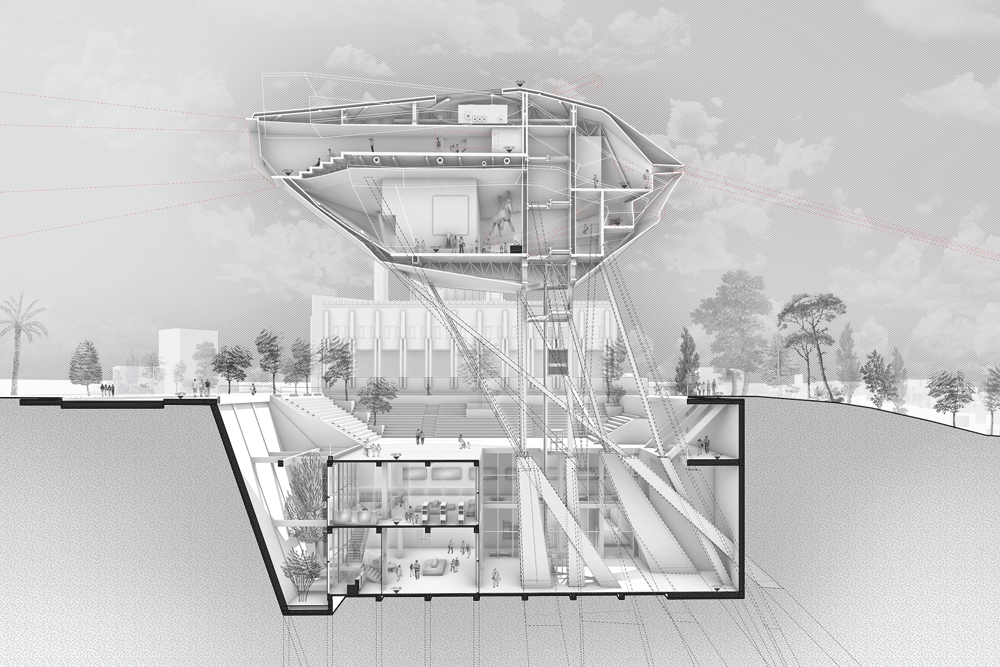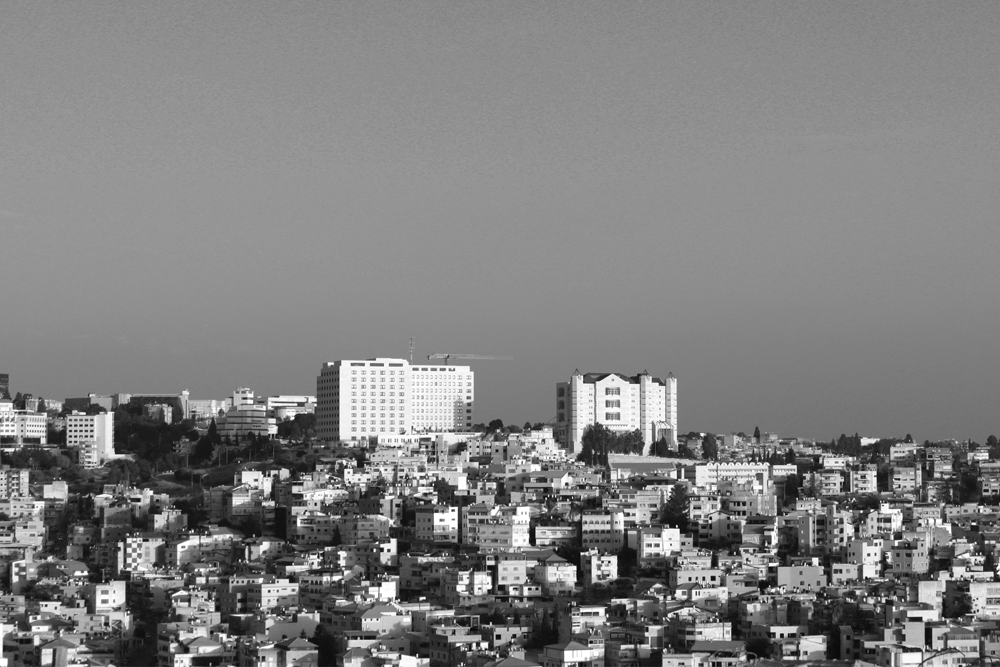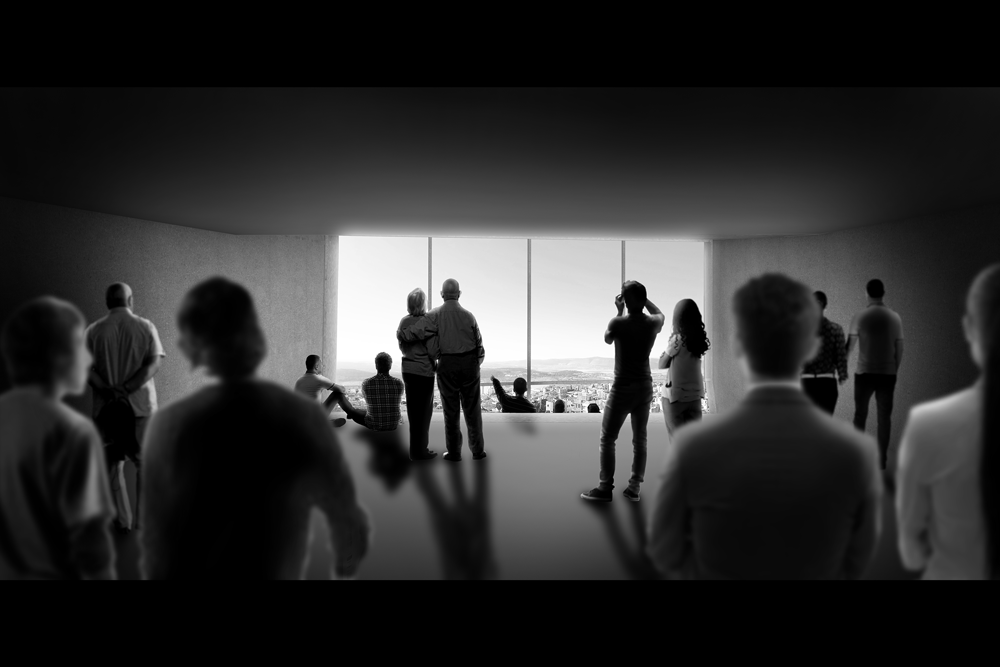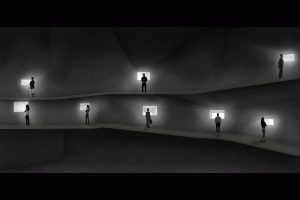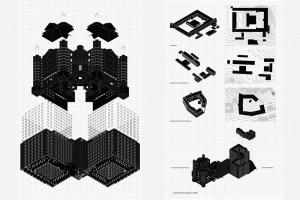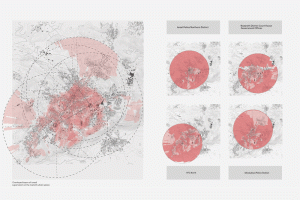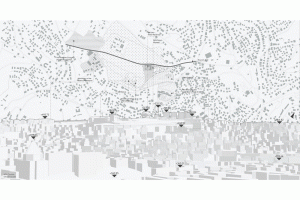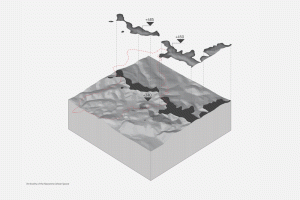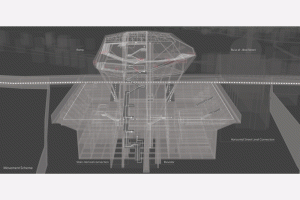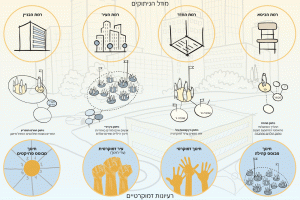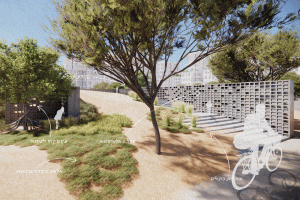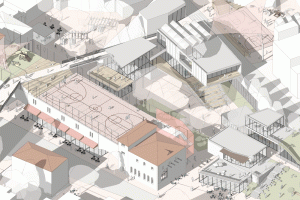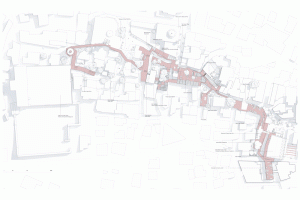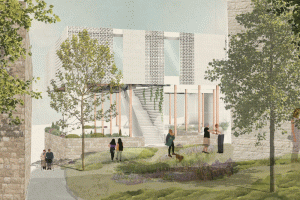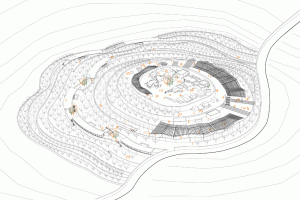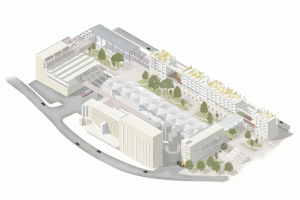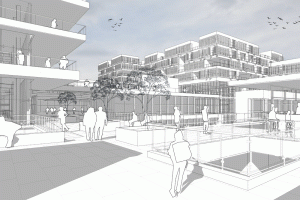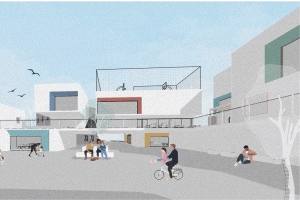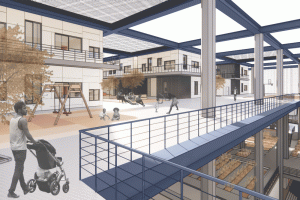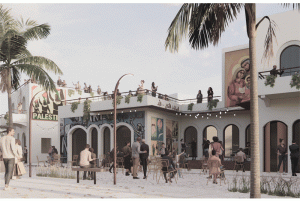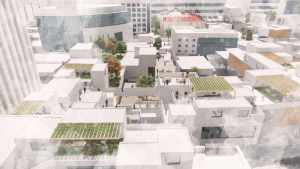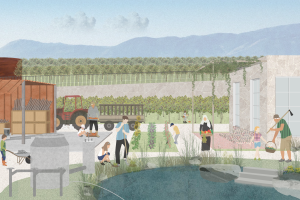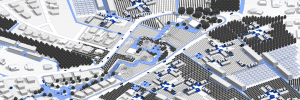Analogy of Control-Power, Space & Geopolitics — Nazareth as an urban arena of Spatial Domination
The significant change in the Nazarene skyline this year raises questions about the taken-for-granted landscape within the Israeli planning discourse, particularly in Nazareth. This transformation is primarily driven by the construction of a government building on one of the highest mountain tops near Nazareth, overlooking the largest Arab city in the country.
Emphasizing the geographic factors that dictate the political relationship between Nazareth and Nazareth-Illit, I am researching the history of the government complex alongside the Magistrate’s Court from the daily perspective of the Nazarene citizen. This viewpoint, often overlooked, quickly becomes the accepted norm. The landscape has the power to shape citizens’ consciousness through governmental elements in a civil urban space, where administrative planning serves as a conduit for power, control, and monumentality.
The government complex and Magistrate’s Court are defined as foreign entities within Nazarene space, threatening the city’s identity, sanctity, and authenticity. This inquiry extends to other state-owned entities located on mountain tops, such as the district police compound, the home front command, and the local police compound, which also pose spatial threats.
Thus, the project navigates the existing and potential spatial threats while considering Nazareth’s history and future development. It discusses concepts of identity, belonging, and citizenship, positioning the Nazarene citizen at the center of this discourse. By exploring the “view,” the project aims to dismantle the image embedded in citizens’ minds regarding Nazareth and to challenge the influence of government structures.
The process of deconstructing the view is expressed through a gradual path along a ramp that reveals a different perspective in each segment. Ultimately, citizens arrive at a collective space designed for gathering and encouraging dialogue, oriented toward the future landscape of Nazareth.
Through the dialogue between the individual citizen and the collective, between the governed and the governing, between past, present, and future, and between the temporary and the permanent, the project creates a critical space for Nazarene citizens regarding their urban environment and the elements that influence it. This initiative encourages ongoing discourse that critiques the realities we inhabit and promotes constant reflection on issues of control.




